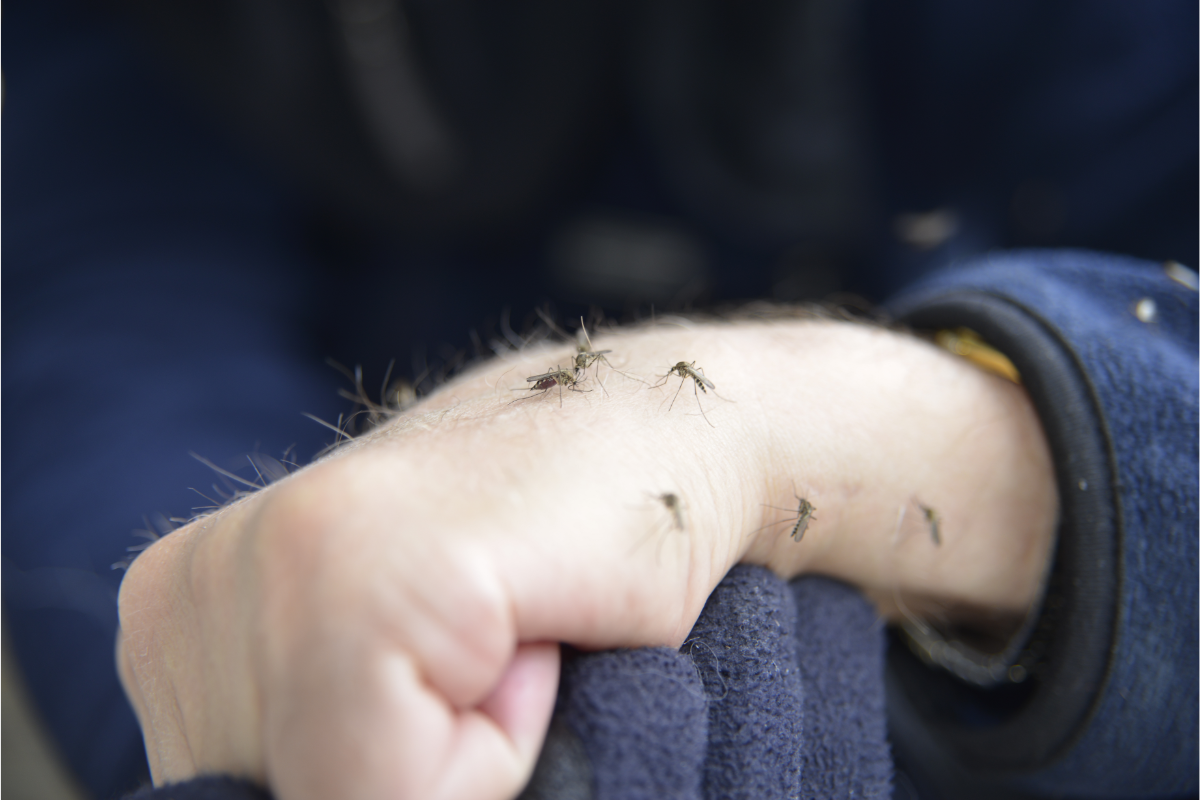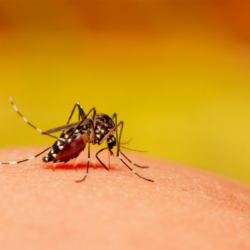West Nile Fever: A Viral Infection with a Wide Distribution
West Nile fever (WNF ) is an infection caused by the West Nile virus (WNV), which is transmitted mainly by mosquitoes. This virus, which belongs to the Flaviviridae family and the Flavivirus genus, is similar to those of yellow fever, dengue fever, Zika and Japanese encephalitis. WNV circulates in tropical and temperate regions.
WNV has an enveloped viral structure, with virions 45-50 nm in diameter. The protein capsid contains glycoprotein E and membrane protein M. The viral genome, around 11,000 nucleotides in length, codes for proteins essential for viral replication.
The life cycle of the virus involves mosquitoes as vectors and birds as reservoirs. Although humans can be infected, they do not contribute to the transmission of the virus. Vaccines exist for horses, but none for humans.
Symptoms in humans vary, with 80% of cases asymptomatic. Around 20% of people develop a flu-like illness with fever, headache and muscle aches. Less than 1% of cases progress to serious forms such as meningitis or encephalitis. Diagnosis is based on the detection of IgM antibodies in serum or cerebrospinal fluid.
There is no specific treatment; treatment is symptomatic. Prevention is based on protection against mosquito bites and surveillance of at-risk populations.
Yellow fever: a viral haemorrhagic disease
Yellow fever is an acute haemorrhagic disease caused by the amaril virus, transmitted by infected Aedes and Haemogogus mosquitoes. It is rife in Africa and Latin America, putting around 900 million people at risk. The incubation period is 3 to 6 days, followed by symptoms such as :
- Fever and chills
- Muscle aches
- Headaches
- Loss of appetite
- Nausea and vomiting
In 15% of patients, a second, more severe phase occurs, with :
- High fever
- Jaundice
- Abdominal pain
- Bleeding
- Kidney damage
Anti-amaril antibodies can be detected by blood tests. There is no specific treatment, and the treatment is symptomatic. Prevention is based on protection against mosquitoes and vaccination.
The yellow fever vaccine is safe and effective, offering lifelong protection with a single dose. Travellers should be vaccinated before visiting endemic areas. Yellow fever remains a major cause of haemorrhagic disease in Africa and Latin America, despite the availability of vaccination.
Rift Valley Fever: Impacts on Human and Animal Health
Rift Valley fever (RV F) is a viral zoonosis that mainly affects animals, but can also infect humans. Transmission to humans mainly results from contact with the blood or organs of contaminated animals. Infections can also occur through mosquito bites.
No human-to-human transmission has been observed. The incubation period varies from 2 to 6 days. The prevention of outbreaks in animals is based on a sustained vaccination programme.
The RVF virus, of the genus Phlebovirus, was identified in Kenya in 1931. Since then, outbreaks have been reported in sub-Saharan Africa and beyond. The virus can cause severe disease in animals and humans, with major economic losses due to the death and abortion of infected animals.
In humans, the infection can be mild, with flu-like symptoms (fever, myalgias, arthralgias, headaches) or severe, with ocular, meningoencephalic or haemorrhagic forms. Diagnosis is based on specific laboratory tests.
There is no specific treatment, and care is symptomatic. Vaccination remains the main preventive measure. Breeders, farmers and vets are particularly at risk.





